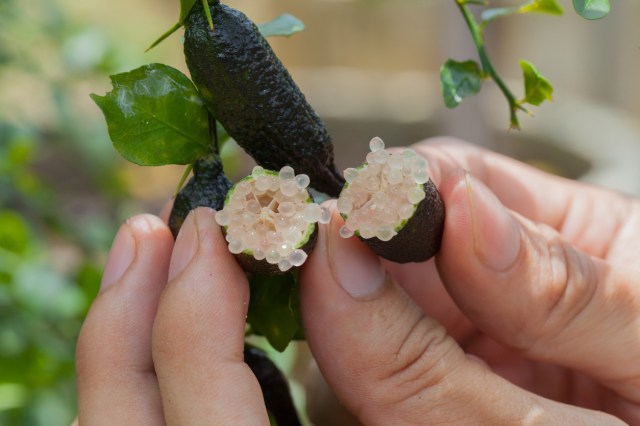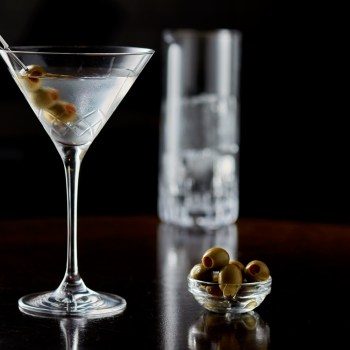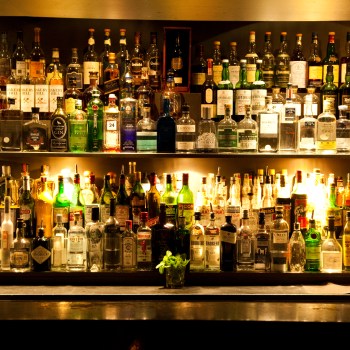As the search for wilder and more interesting botanicals takes new turns, many distilleries face a series of challenges. In this feature from a past issue of BARS&clubs (republished in two parts for Gin Month), we took a closer look at what distilleries are doing now, and the ethics of the search.
ETHICAL BOTANICALS
Toby Kline, of Adelaide Hills Distillery says that his quest to ‘do the right thing’ when it comes to sourcing botanicals for the distillery all started with a simple question: “I got a phone call from one of my good friends, Richard Gunner of Feast Fine Foods, and he had been working on setting up a company called Something Wild,” says Kline. “We sat down for a coffee and he asked, ‘Are you doing the right thing?’, and I wasn’t sure.”
From there Kline and the team started doing their research and uncovered that there is actually a permit system in some parts of the country – like the Northern Territory – by which standards are set regarding crop sizes and harvesting methods to protect the valuable botanicals. The permits also ensure that the proceeds of the ingredient sales are funnelled back into the communities that harvest the plants and insects, rather than lining corporation pockets. “It piqued our interest because we found that it was the only way to source paddock-to-plate, for want of a better term,” he says.
Kline explains that while the movement in new, it is an important one as the thirst for indigenous ingredients expands and their use becomes more prevalent. It’s an important aspect of bar business – your coffee might be fair trade, but with the upswing in interest in native botanicals – are your cocktail ingredients also fair trade? Are the systems you have in place contributing to the indigenous community or exploiting it?
“A lot of coffee roasters and people in general are interested in fair trade products, so it’s the exact same principle here,” says Kline. “A lot of these indigenous ingredients have been used for thousands of years, and we’re working off the back of what they know, so it was important for us to make sure that there was an economic benefit for indigenous communities as well as an intellectual acknowledgment.”
It’s not about being a ‘social justice warrior’ – it’s about being a responsible citizen.
THE “LIGHT” TONIC CONUNDRUM
While distilleries like Archie Rose have been pushing to get people to drink their gin with soda water rather than tonic, so that the tonic’s flavours don’t interfere with the botanical profile of the gin, there has also been a shift toward “light” tonics on the market. These products, from brands like Fever-Tree and StrangeLove, have less sugar – making them bone dry on the palate and a whole lot more bitter in taste profile.
Chat to distillers and they will tell you that the lighter the tonic the better – the lower sugar level allows big ticket gins (and the flavours your customers are paying for) to really show their value as their full botanical profile shines. A word of warning though – if your customers are used to their mainstream sweeter tonics, you might need to word them up that this G&T will potentially be a lot bitterer from the quinine than their regular tipple.
Keep an eye on the BARS&clubs homepage and sign up for the e-newsletter(if you haven’t already) for part two…


